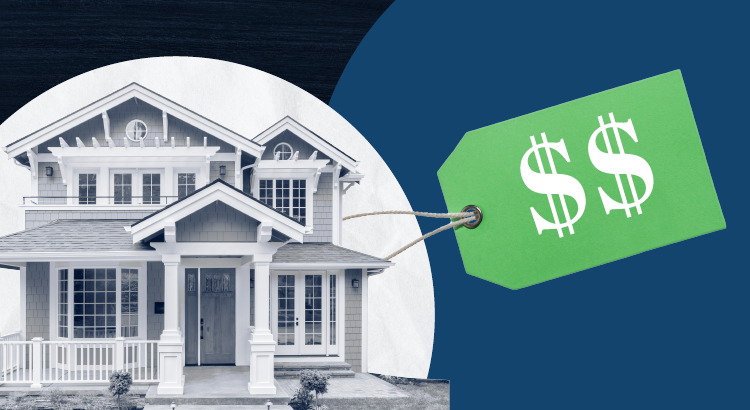Why Smart Sellers Don’t Chase the Market
And Why “Testing the Waters” Might Sink Your Net Proceeds
Let’s talk about something I see way too often—and it costs sellers both time and money:
Chasing. The. Market.
Here’s what that means—and how to avoid it like a seasoned pro.
What does “chasing the market” even mean?
When a seller prices their home too high and the market starts shifting, they’re forced to reduce the price later. Meanwhile, newer homes are popping up at more competitive prices. The original listing now looks overpriced and overlooked.
So the seller adjusts. Again.
And again.
And before you know it, they’re chasing the market downhill, instead of setting the pace.
Why is this such a big deal?
Let me break it down for you:
1. You lose the most valuable window of attention.
The first 7–10 days on the market? That’s your red carpet moment. That’s when serious buyers and agents are watching everything new. If your home is overpriced, it gets scrolled right past—and that moment is gone.
2. Price reductions send the wrong message.
A price drop (or two) doesn’t just adjust your asking price—it sends a signal. Buyers start wondering what’s wrong with the property. Even if the home is solid, the perception shifts—and your negotiating power shrinks.
3. You might actually net less.
I know it sounds wild, but homes that start high and drop over time often end up selling below market value. Why? Because they sit too long, get stale, and invite lowball offers.
4. You attract the wrong buyer pool.
Let’s say your home should be listed at $425,000 but you “test” it at $475,000. Buyers shopping in the $475K range are comparing your home to larger, newer, or better-updated homes. You’re now the least impressive option in that tier and guess what? Crickets.
So what’s the smarter move?
Price it right—or even slightly under market value—from day one.
That creates a buzz that potentially leads to more showings, more offers and more leverage.
And having all 3? A higher final sales price than if you'd listed too high and reduced later.
Bottom Line: Price ahead of the market not behind it!
“Testing the waters” can drown your momentum, your peace of mind, and your profit.
If you want a data-driven, no-fluff pricing strategy that puts you in the best possible position, that’s what I’m here for. Let's talk before the market talks back.
Categories
Recent Posts

Wakefield Village: The Project That Could Reshape Troutman and Boost the Entire Region

Why Smart Sellers Don’t Chase the Market

Avoiding the Overpricing Trap: How to Price Your Home to Sell (Not to Sit)

Why Sellers Want to Overprice (and Why That’s a Risky Move)

Wakefield Village: Troutman’s Biggest Project Yet and Why Statesville, Mooresville, & Beyond Should Pay Attention

The Best Neighborhoods to Buy or Rent In (or Around) Charlotte, NC

The Charlotte Real Estate Market Is in a Weird Spot—Here’s How to Win Anyway

Charlotte Home Prices Are Rising—Here’s What First-Time Buyers & Sellers Need to Know

When Is the Best Time to Sell Your Home in the Charlotte Metro Area?

Understanding the New Construction Market in Charlotte: What Buyers Need to Know


